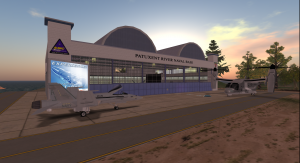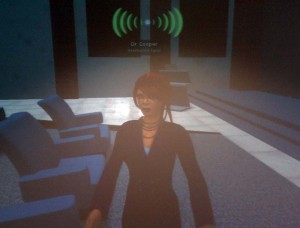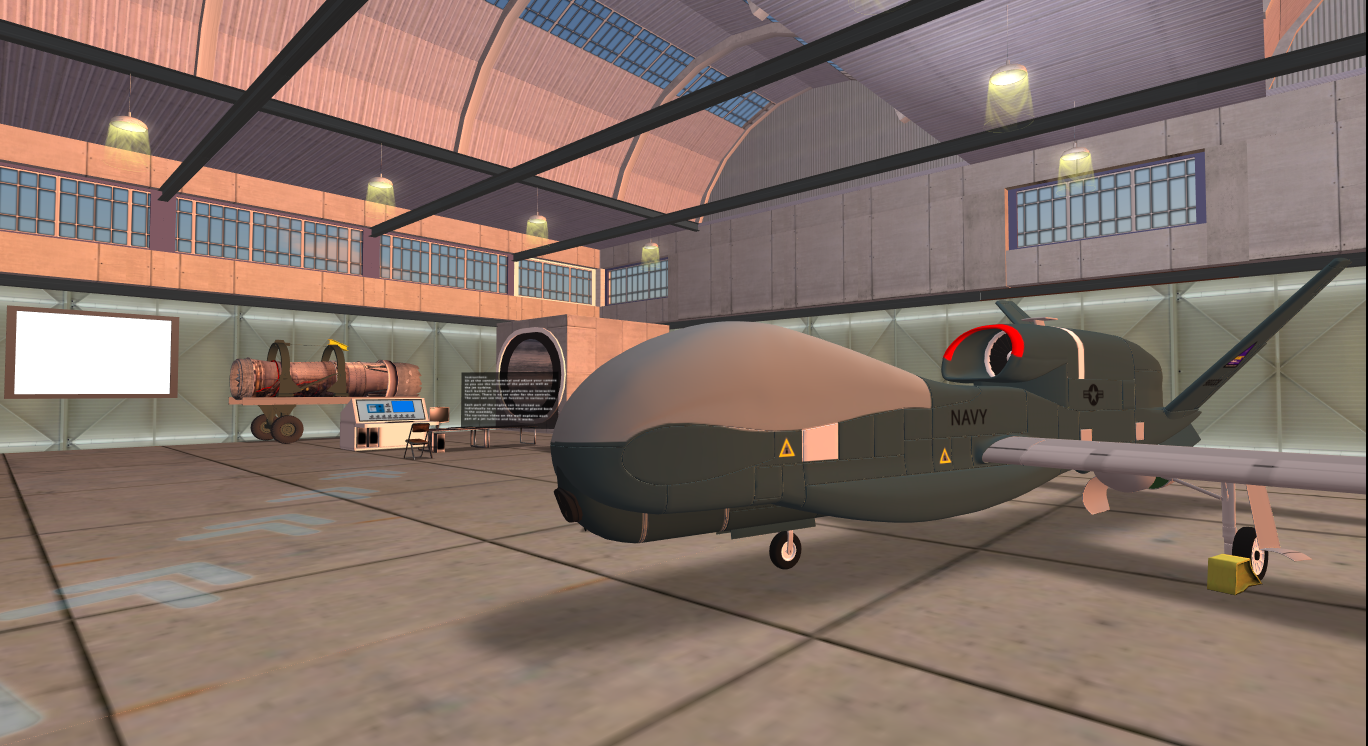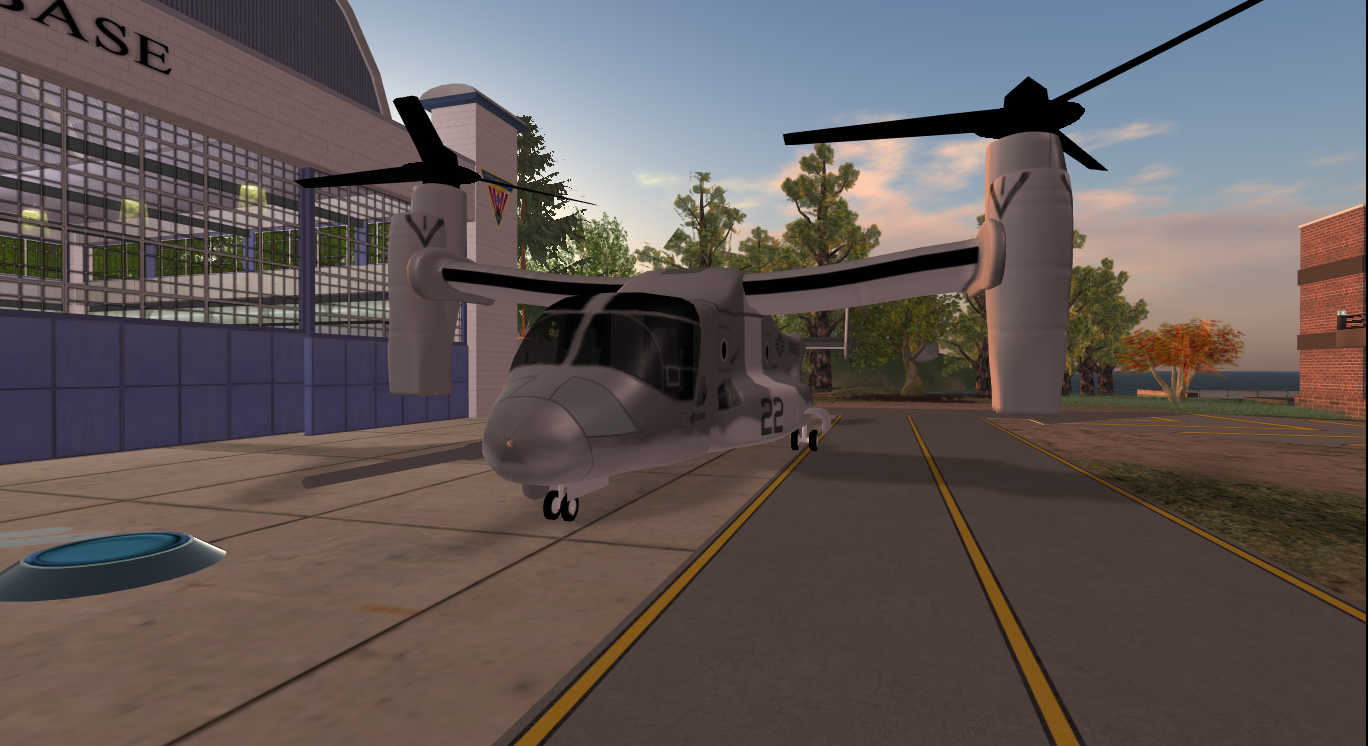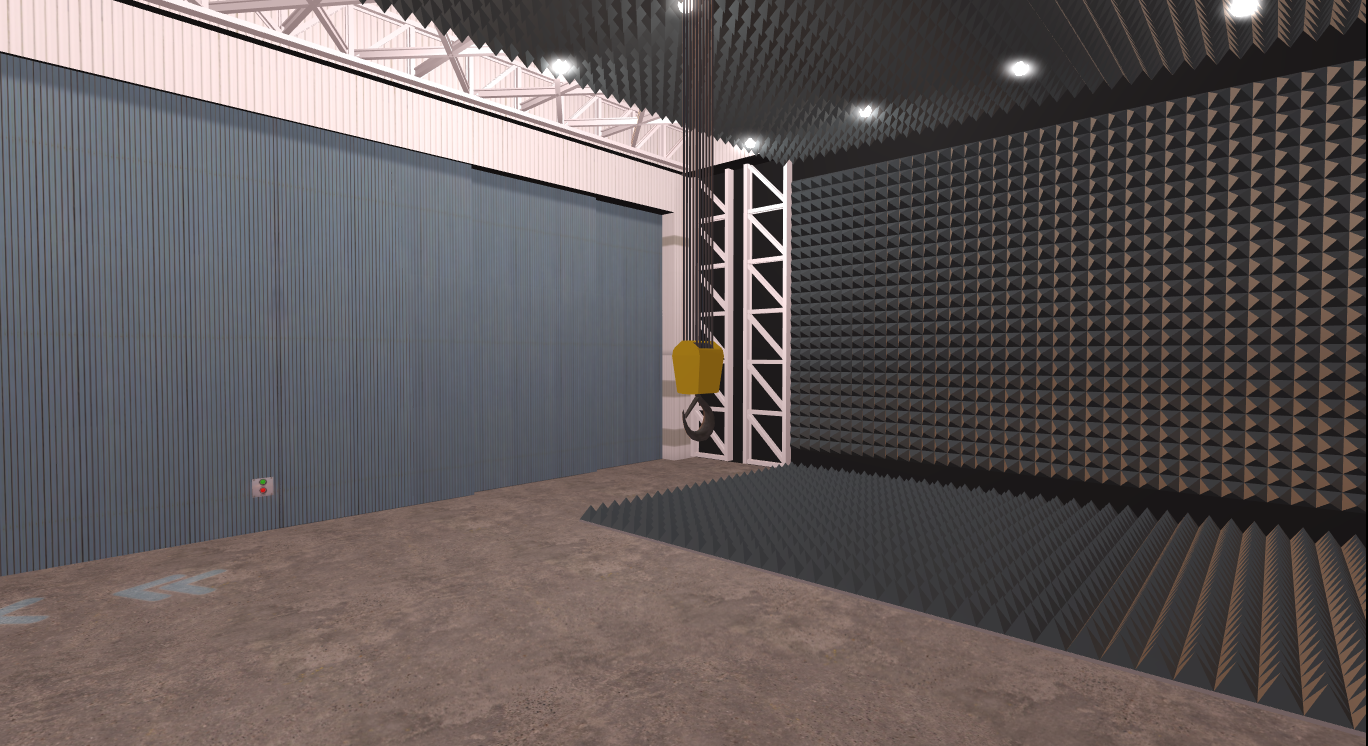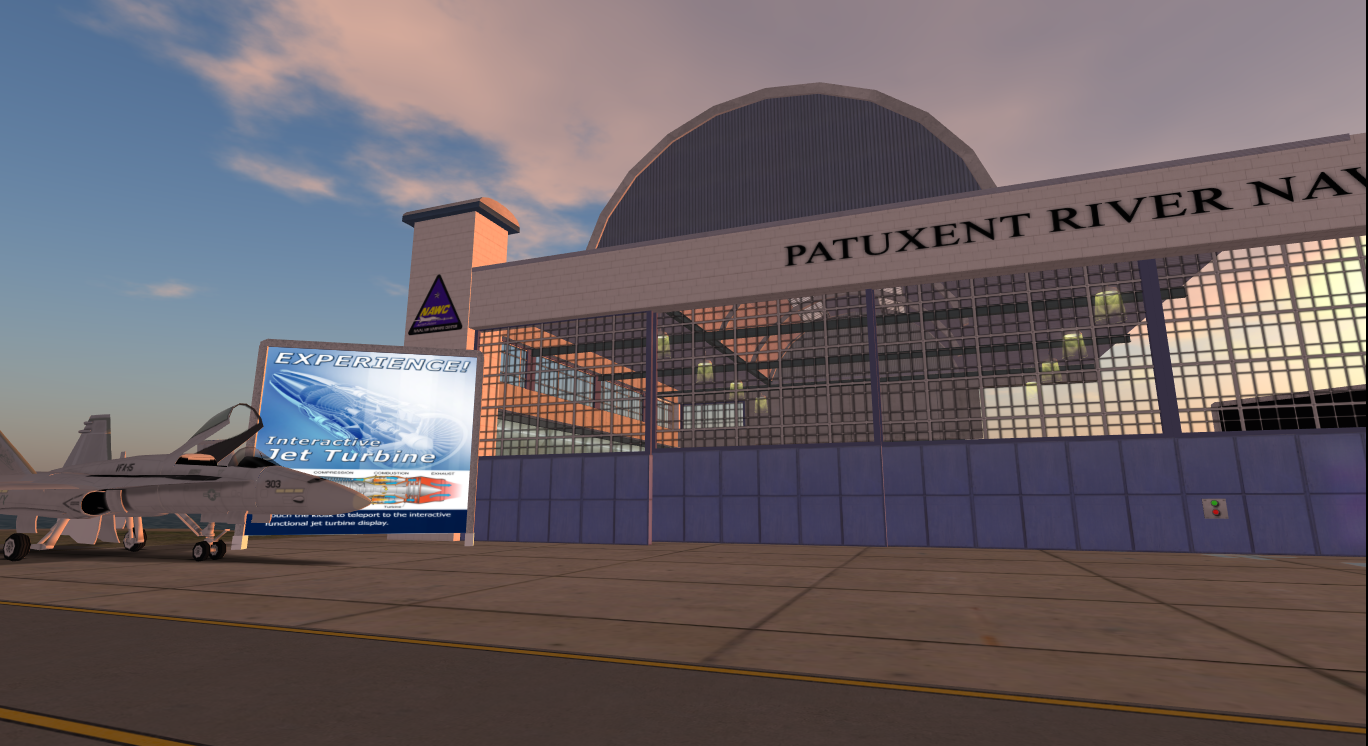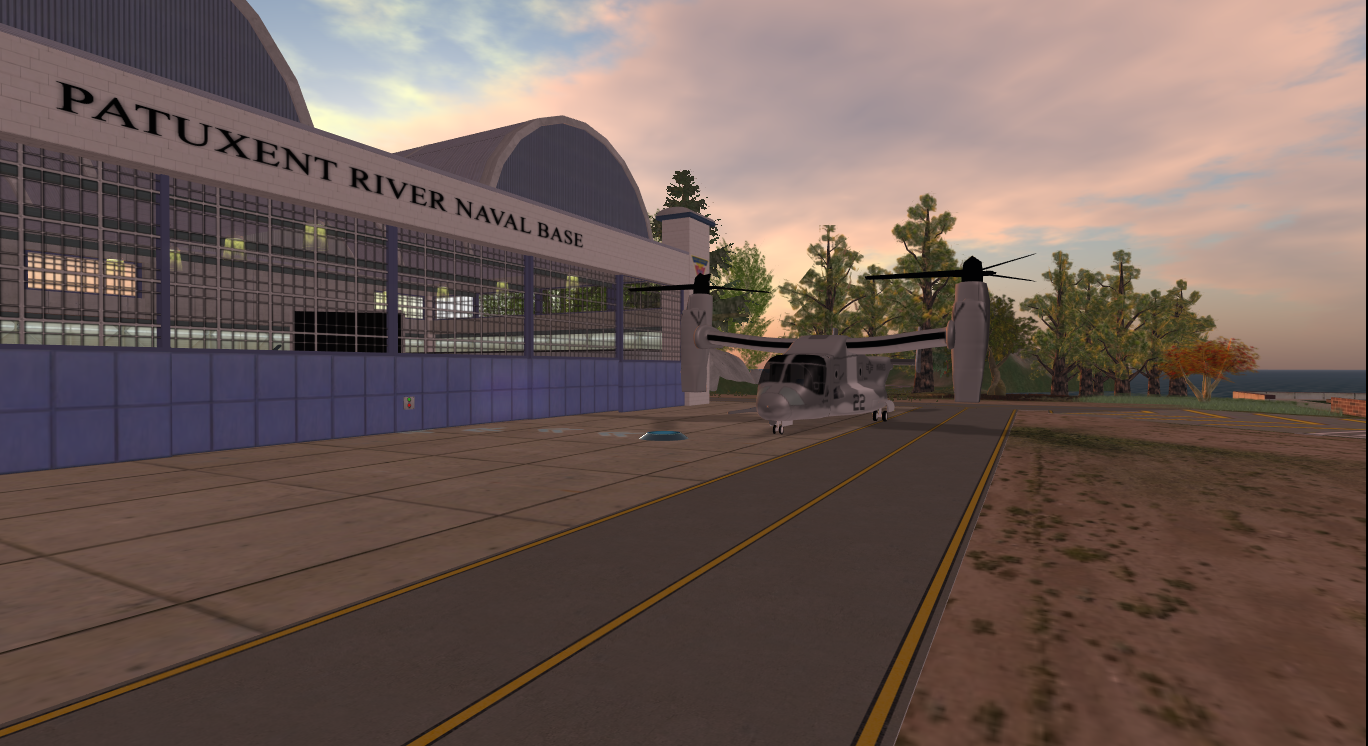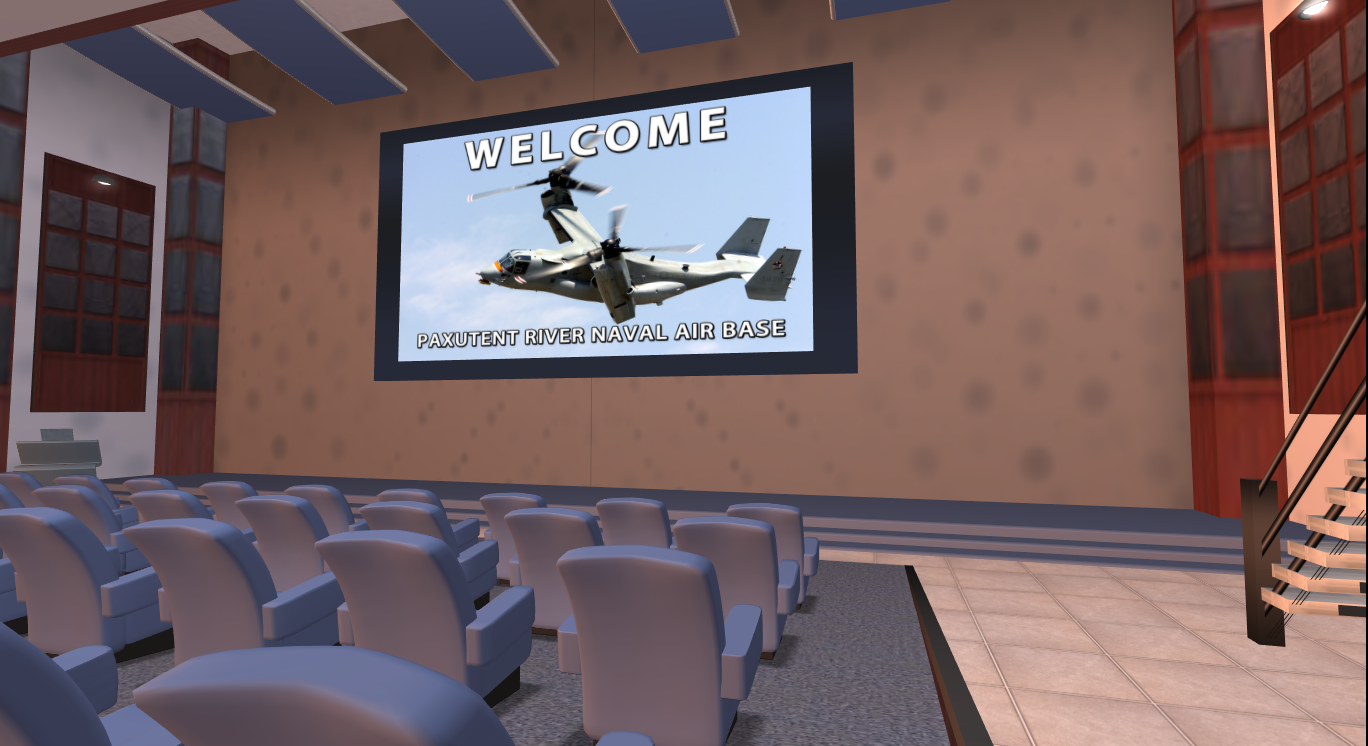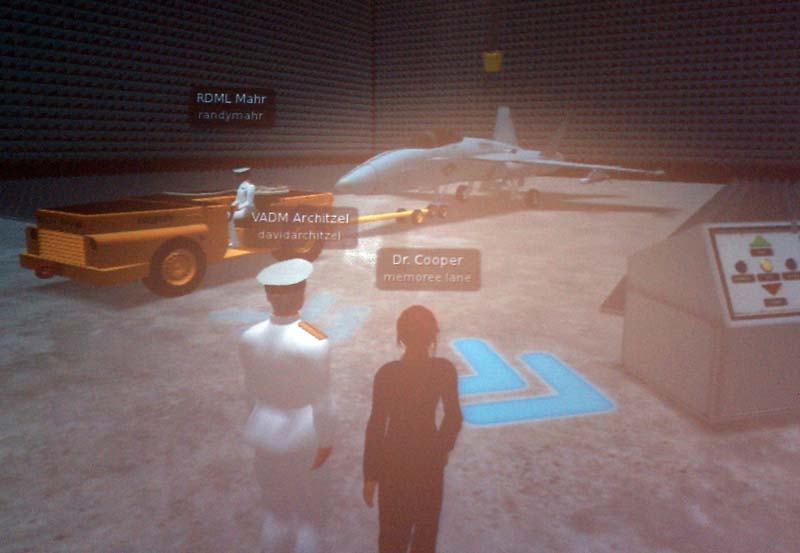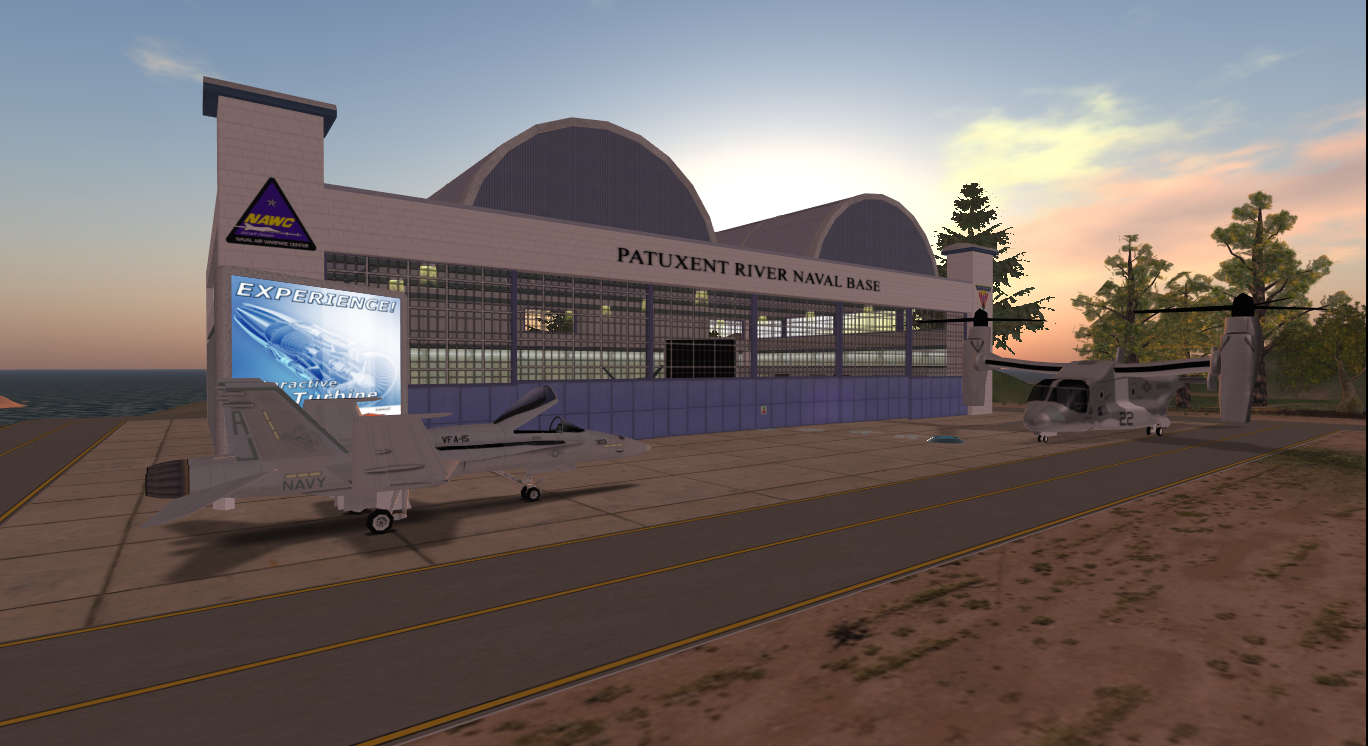A Second Look at NAWC’s Second Life
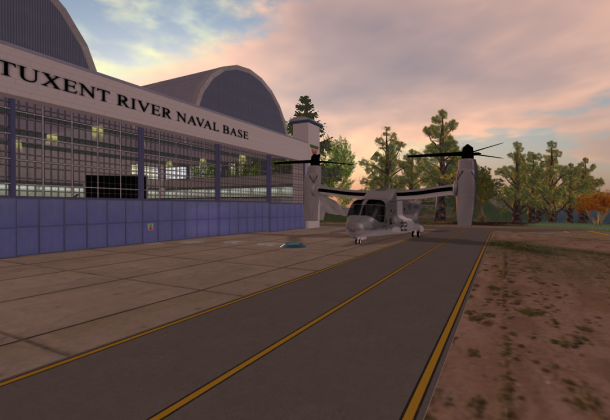
By Jay Friess
Editor
The last time Dr. Karen Cooper presented her virtual world to members of The Patuxent Partnership in September, her team toured a futuristic space that displayed the latest technologies of the Naval Air Systems Command.
This time, she showed off a virtual Naval Air Station Patuxent River, sort of.
With help from Gary Kessler, executive director of the Naval Air Warfare Center Aircraft Division, and even Vice Adm. David Architzel, NAVAIR commander, Cooper lead the audience Tuesday on a tour of the NAWCPAX3D sim in Second Life, an online virtual world her team is using to test virtual collaboration.
Speaking through her virtual character, known as Memoree Lane, Cooper took her virtual companions and the audience on a tour of a virtual Pax River hangar, inhabited by a Global Hawk drone and a jet engine mounted on a testing station. Cooper demonstrated that the engine could be exploded to show is internal parts.
“This has many applications,” Kessler commented through his virtual character. He suggested that a virtual environment could be used for collaborative failure analysis of engines as well as making presentations more engaging, thus avoiding “death by Power Point.”
The next stop was a visit to the virtual Pax River’s anechoic chamber, which tests aircraft systems by bombarding them with electromagnetic radiation. The audience watched as a virtual Rear Adm. Randy Mahr backed an F/A-18 Hornet jet into the chamber, lifted it onto a hoist and then hit it with radio waves.
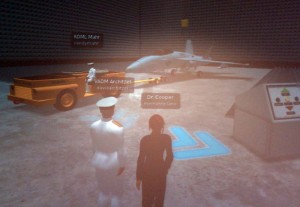
Virtual Rear Adm. Randy Mahr backs an F/A-18 into the anechoic chamber in the NAWCPAX3D Second Life sim.
The final location at virtual Pax River was a purely fictional building which serves as a focal point for NAVAIR University. Inside, Cooper demonstrated the functions of the virtual theater, dimming the virtual lights and showing its ability to display video and other digital content in-world.
Cooper explained that, unlike a conference call, a virtual world aids “suspension of disbelief, the perception that you are co-located in a space.”
“This is one of our strategic thrust areas,” Kessler added.
“We do have some security challenges,” Cooper cautioned. “This is a pioneering technology. … The environment is not ready to replace conferences yet.
Cooper said her team is looking to use an open source version of Second Life, known as Open Sim, and install a secure version of it behind the defense department firewall. She said, “We will not be pursuing significant development in Second Life.” She said her team is also testing other virtual environments, noting, “There’s not going to be one virtual world program that will win at the end of the day.”
Architzel said he wants to see data that supports the theory that virtual worlds will aid long-distance collaboration and learning, saying, “That is the most important piece to me. What do we get out of it?”
Cooper agreed that the empirical data gleaned from her studies is the most important part of the project, joking, “There’s an awful lot of bling to these builds.”
- Dr. Karen Cooper’s avatar, Melodee Lane
- Inside the NAWCPAC3D Second Life Hangar
- Virtual Rear Adm. Randy Mahr backs an F/A-18 into the anechoic chamber in the NAWCPAX3D Second Life sim.
- Outside the NAWCPAX3D Second Life hangar
